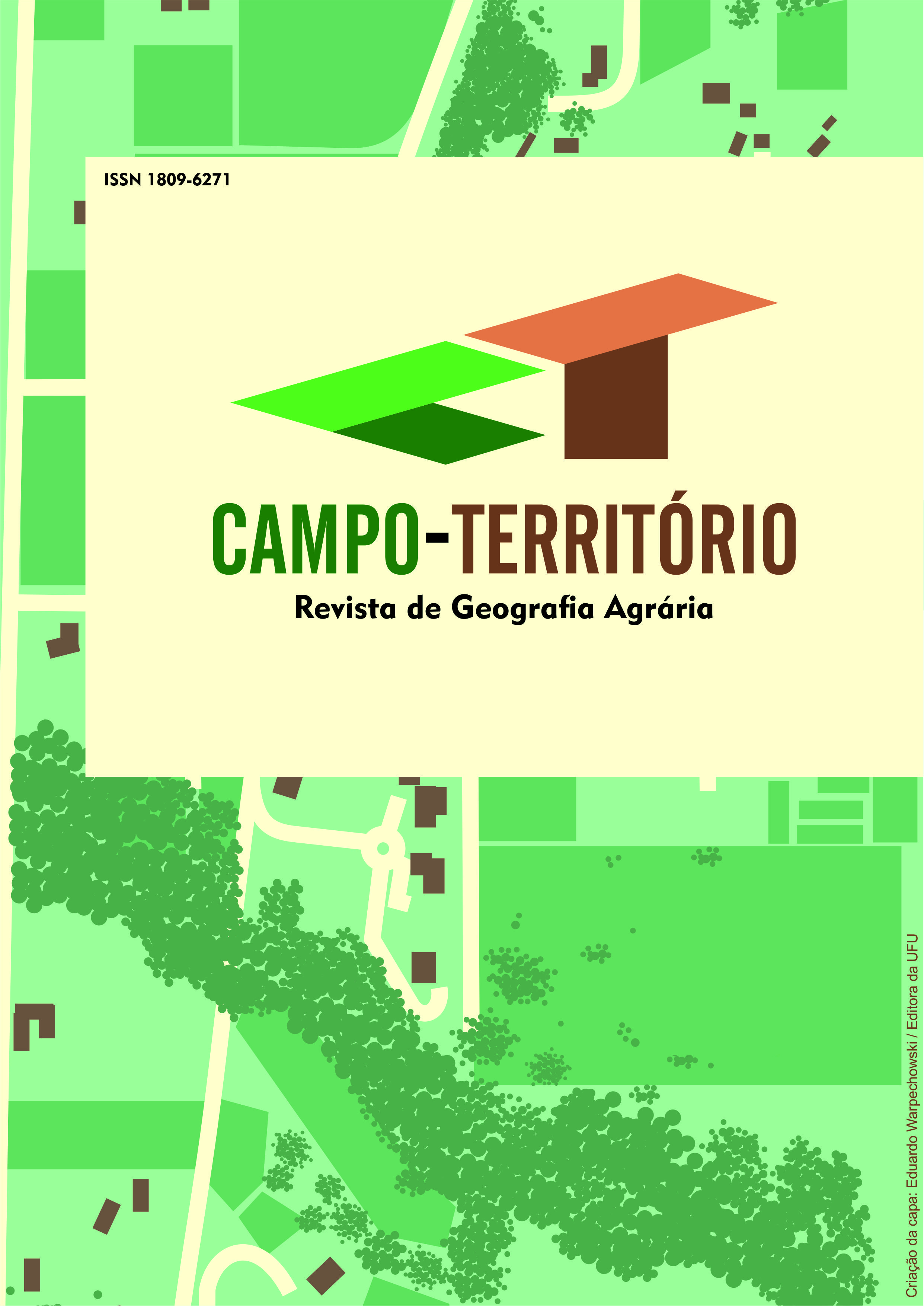Analysis of the distribution of rural credit in the Campanha and Fronteira Oeste regions of Rio Grande do Sul
DOI:
https://doi.org/10.14393/RCT195573102Keywords:
public policy, agriculture, Gaucho PampaAbstract
Rural credit is the main instrument for supporting Brazilian agriculture and is a determining factor in the production process. With this in mind, the research aims to analyse the distribution of rural credit in the Campanha and Fronteira Oeste regions of Rio Grande do Sul between 2013 and 2023. In terms of methodological approach, the research is classified as quantitative. The delimitation of the research took place in the 20 municipalities belonging to the Campanha and Fronteira Oeste regions of the state of Rio Grande do Sul. The analysis covered the amount of resources, number of contracts, average value of operations and main products financed. Resources from the Traditional Lines, the National Programme to Support Medium-sized Producers (Pronamp) and the Programme to Strengthen Family Farming (Pronaf) were included. The main results point to a 47.3% increase in resources the period, which totalled R$57.3 billion. In terms of the number of contracts, there was a 20.6 per cent reduction, from 24,618 in 2013 to 19,536 in 2023. In addition, the data showed that the main products financed in terms of costing were: cattle, rice, soya, wheat and corn. Finally, it is considered that public rural credit policy in the regions studied follows the institutional logic of the National Rural Credit System (SNCR), strengthening productive specialisation, monoculture and the concentration of resources in a few products linked to the major agricultural chains.
Downloads
Downloads
Published
How to Cite
Issue
Section
License
Copyright (c) 2024 Revista Campo-Território

This work is licensed under a Creative Commons Attribution-NonCommercial-NoDerivatives 4.0 International License.































